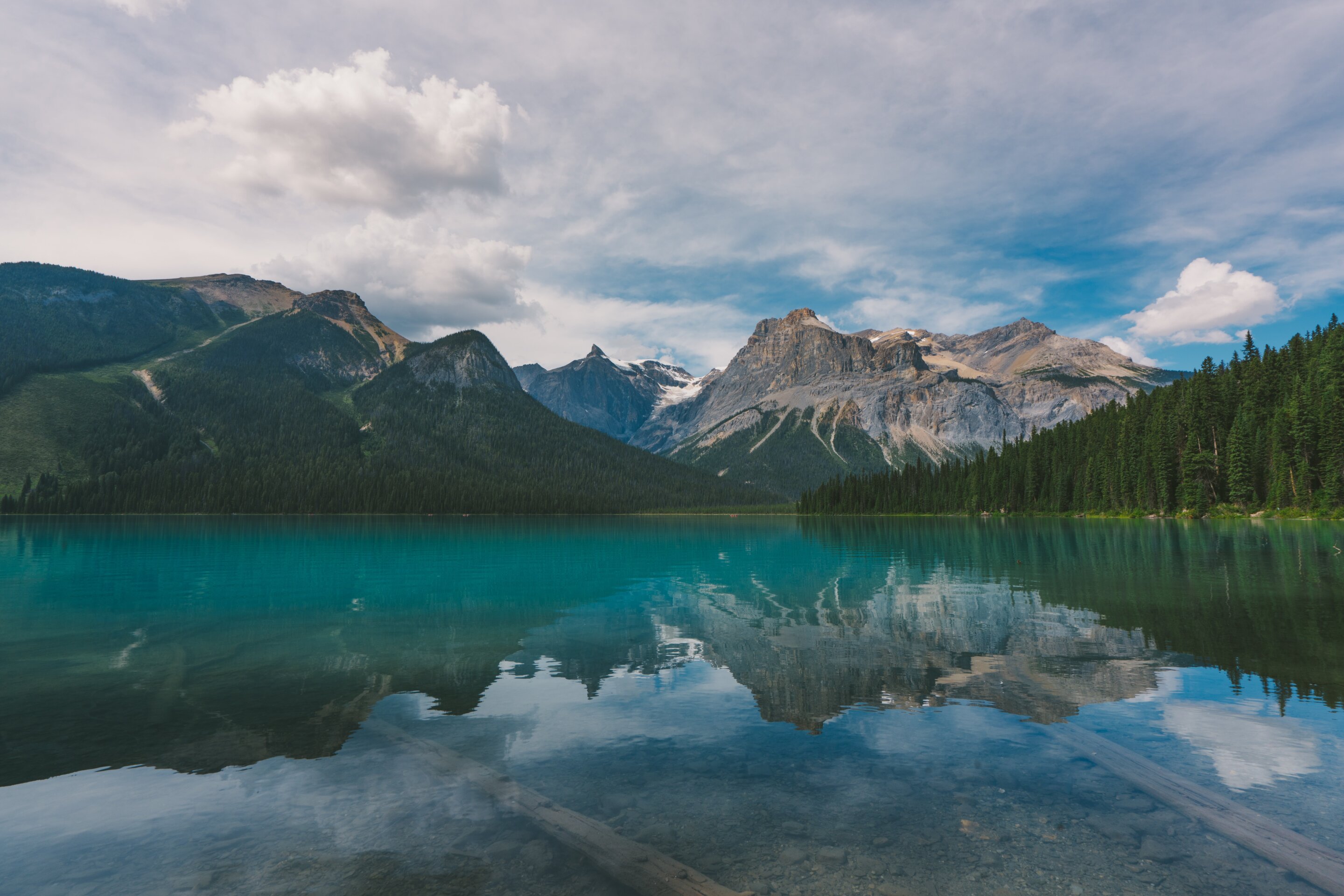Research shows that over 4,800 years in the Northern Rockies during wet periods and dry periods, subalpine forests consistently recovered from wildfires, growing back vegetation and leaving evidence of their resilience in lake sediment cores.
Kyra Clark-Wolf, now a CU Boulder postdoc with the North Central Climate Adaptation Center (NC CASC), led the study as part of her dissertation research. NC CASC is a partnership of CU Boulder and the United States Geological Survey.
“I thought we might see different ecosystem responses to past fires between wet and dry periods,” said Clark-Wolf. “But what we found was that there wasn’t really a clear difference based on climate, but just a lot of variability within the record, which is something that hasn’t been shown before.”
Fires have always been part of subalpine forest ecology in the Northern Rockies, but scientists haven’t been able to study forest recovery from those forests in detail—until now. Results from a new analysis of lake sediment cores from a Montana subalpine lake, published today in the Journal of Ecology, were surprising.
The results detail the remarkable resilience of Northern Rockies subalpine forests to fire in the past. But the research also raises an important question: How resilient will these forests fare in the future?
“As we look to the present into the future, we know that our climate conditions are increasingly getting outside of the range of variability that we’ve experienced in recent millennia,” said Phil Higuera, former CIRES visiting fellow, director of the University of Montana’s Paleoecology and Fire Ecology Lab, and a co-author of the study. “Global temperatures are getting warmer and conditions are getting drier.”
Scientists often rely on tree-ring records to understand the history of fire in forests. Yet, fires in subalpine forests are rare, burning on average every 100 to 250+ years. These fires typically kill most trees, along with the history they record.
Like tree rings, lake sediment cores act as natural archives, but they document a much larger time frame, producing records that date back thousands of years compared to centuries. As sediment settles into lake bottoms in layers they accumulate, with the oldest at the bottom and youngest at the top. Sediment preserves pollen, charcoal, and other indicators of past ecosystems.
“Lake sediment records integrate everything that’s happening on the landscape so we can understand ecosystem responses,” said Clark-Wolf. “For example, pollen tells us what types of plants were present on the landscape before and after fires.”
This paper built on another recent study in which the research team created long-term records for 12 subalpine lakes in Montana and Idaho, resulting in a full landscape history of fire in the region. That work showed that present-day fire activity is still well within the range of the variability experienced over the past 2,500 years.
Collecting the lake sediment samples in a beautiful subalpine lake was cold, arduous work, Clark-Wolf said. After camping in near-freezing temps, the team set out on an inflatable raft they anchored in the center of the lake. While balancing on the small raft, they’d screw metal rods together to lower a long slender coring tube over 50 feet to the lake bottom. Then, layer after layer, they hand-drilled through years of sediment at the bottom of the lake. The oldest sediment core measured about seven meters long and was 7,600 years old, with layers indicating time stamps like the Mount St. Helens and Crater Lake eruptions.
After a few days of sediment collection, they brought the 13 cores back to the lab where they sliced the mud-like samples into hundreds of half-centimeter intervals.
“Each one of those slices is a snapshot of the ecosystem over about a 10-year time period,” said Higuera. “When we’re talking about thousands of years, a 10-year time slice is really high resolution. And that’s what allows [Clark-Wolf] to be able to characterize how fires impacted the ecosystem, and how long it took for vegetation [and other ecosystem components] to return to what they were like before each fire occurred.”
Looking ahead, the study concluded that a modest increase in fire activity wouldn’t be uncharacteristic for the Northern Rockies subalpine ecosystems—yet.
“Connecting the dots, it’s clear that we expect to see things change in these forests, and given global warming, we clearly expect to see more widespread burning. Eventually burning will likely exceed what these forests have experienced in the past, something we’re starting to see in other regions, like the southern Rocky Mountains,” said Phil Higuera.
More information:
Fire-regime variability and ecosystem resilience over four millennia in a Rocky Mountain subalpine watershed, Journal of Ecology (2023). DOI: 10.1111/1365-2745.14201
Citation:
Subalpine forests in the Northern Rockies are fire resilient—for now (2023, October 17)
retrieved 17 October 2023
from https://phys.org/news/2023-10-subalpine-forests-northern-rockies-resilientfor.html
This document is subject to copyright. Apart from any fair dealing for the purpose of private study or research, no
part may be reproduced without the written permission. The content is provided for information purposes only.
Denial of responsibility! My Droll is an automatic aggregator of Global media. In each content, the hyperlink to the primary source is specified. All trademarks belong to their rightful owners, and all materials to their authors. For any complaint, please reach us at – [email protected]. We will take necessary action within 24 hours.


